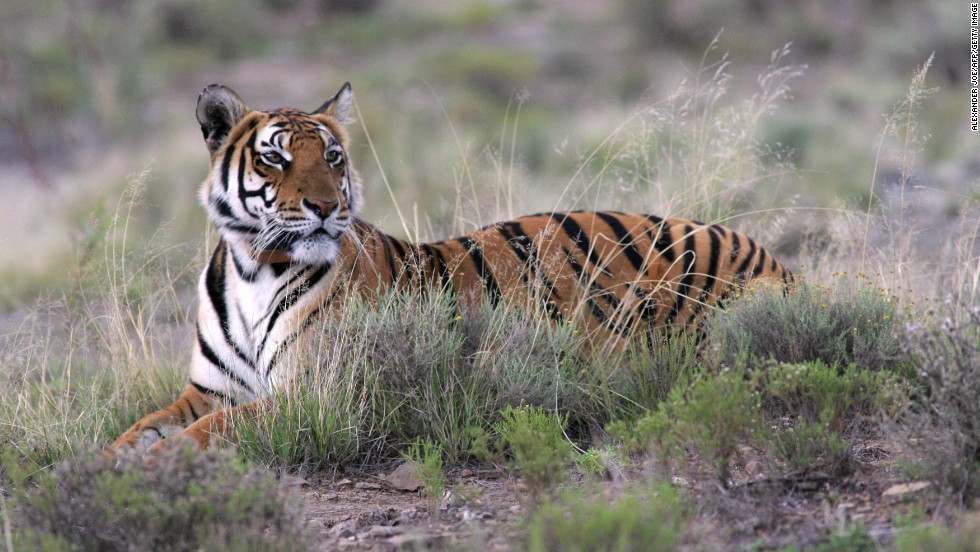new mass extinction could be underway, researchers say
Story highlights
- Extinction rates are growing alarmingly fast and could threaten human life
- Species are disappearing 1,000 to 10,000 times faster than what's considered natural
- 50% of wildlife has disappeared in last 40 years
(CNN)Sixty-five million years ago, the dinosaurs disappeared in what's known as the Earth's fifth mass extinction. Today, a sixth mass extinction could be well underway and humans are the likely culprit, according tonew research published in Science Advances.
The past five mass extinctions on Earth were caused by large-scale natural disasters like meteors or enormous chains of volcanic eruptions, wiping out between half and 96% of all living species.
But the modern mass extinction isn't being caused by a freak act of nature, the researchers say. It's being caused by man-made changes to the environment including deforestation, poaching, overfishing and global-warming, and it's proving to be just as deadly.
Recently, species like the Emperor Rat, the Desert Rat Kangaroo, the Yangtze River Dolphin, the Skunk Frog and the Chinese Paddlefish, amongst hundreds of others, are believed to have become extinct.
About 477 vertebrate species have been lost since 1900, according to the research by Gerardo Ceballos, a senior ecological researcher at the National Autonomous University of Mexico, and Anthony Barnosky, a biology professor at Berkeley.
If humans were not the primary source of these extinctions, there should've only been nine species going extinct during the same time period.
Looking ahead
The researchers fear that 75% of the species we know today could be lost in just two generations' time.
"We have the potential for making massive change... and the bottom line is that we can't be the generation responsible for wiping out three-fourths of life forms on the Earth," says Barnosky.

Inside the illegal wildlife trade07:07

African elephants on verge of extinction 03:51

Walking in the footsteps of tigers02:05

Last chance to save species relies on its last female 01:00
Biodiversity provides critical functions, including the air in the atmosphere and purifying drinking water -- life as we know it depends on having high levels of species diversity, scientists say.
"People think nothing bad will come from species loss, because scientists can't predict exactly how many need to go extinct before the world collapses," says Ceballos. "The problem is that our environment is like a brick wall. It will hold if you pull individual bricks, but eventually it takes just one to make it suddenly fall apart."
While extinction is a natural function of life, this is the first time humans are being confronted with species loss at rates that are 1,000 to 10,000 times faster than what is considered the natural rate.
What you can do
The problem of extinction is becoming very serious, but it is not too late, says Barnosky.
"We have the potential of initiating a mass extinction episode which has been unparalleled for 65 million years," says Ceballos. "But I'm optimistic in the sense that humans react -- in the past we have made quantum leaps when we worked together to solve our problems."
Barnosky says there are a number of steps people can take:
-- Reduce your carbon footprint -- this is to hold back climate change from falling below critical levels and to prevent altered conditions which can ravage fragile ecosystems.
-- Never buy products made from threatened or endangered species -- this includes items like ivory, animal furs and rhino horns.
-- Eat less meat -- 40% of the Earth is currently under cultivation, and if the lands used to feed livestock were used to grow crops for people, there would be 50 to 70% more calories available for humans to eat, which is enough to feed an additional billion people. It would eliminate the need to clear natural ecosystems like rainforests for farmland.
"Little by little people are understanding that we need to change," says Barnosky. "But whatever we decide to do in next 10 to 15 years will decide the future of biodiversity on Earth."
























Comments